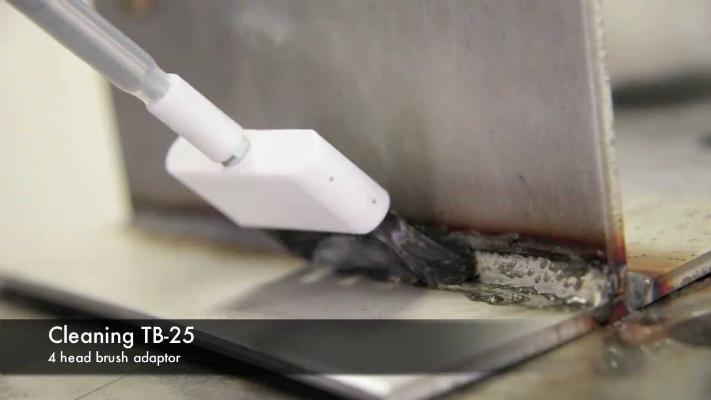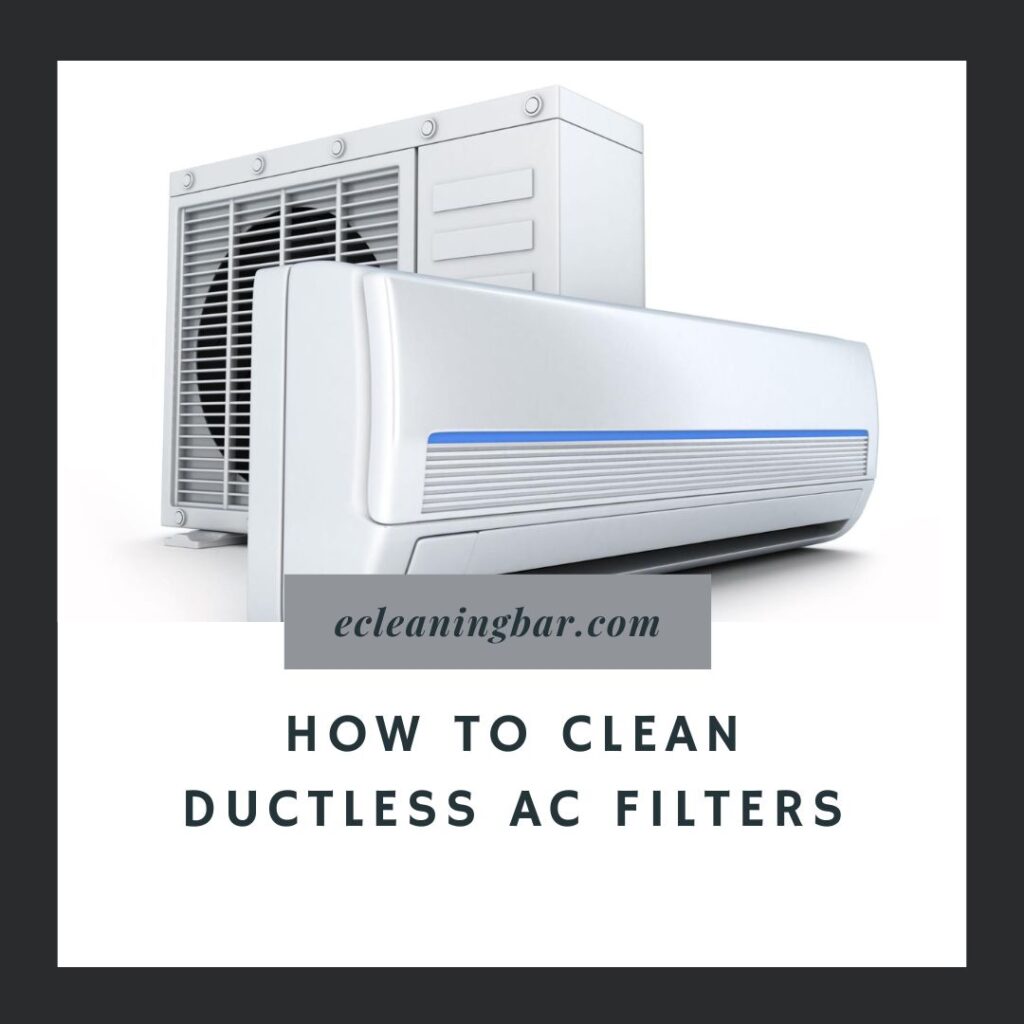After welding, clean the metal with a clean cloth dipped in acetone or a degreasing chemical. First, remove any excess slag and spatter from the surface with a wire brush or sanding pad. A clean and polished finish devoid of debris that could compromise the integrity or look of the metal is guaranteed by thorough cleaning.
A common method for joining metal parts is welding, which uses heat at a high temperature. Welding forms robust connections, but it can also leave behind ugly residue, such as slag and spatter, which will change the final look of the metal. Cleaning the metal after welding is crucial to achieving a polished and smooth finish.
This procedure aids in the integrity restoration of the metal in addition to clearing dirt. To guarantee a polished and faultless outcome, we will examine several approaches and strategies for efficiently cleaning metal following welding.
Getting Ready For Cleaning The Metal:

It is essential to clean metal surfaces properly after welding to preserve their integrity and quality. Knowing how to properly clean metal after welding is crucial, whether you work as a professional welder or are a do-it-yourself hobbyist. You will be guided through the required procedures, safety measures, and the significance of post-weld cleaning in this part.
Metal Types That Need To Be Cleaned After Welding:
After welding, a variety of metals need to be thoroughly cleaned to get rid of any lingering residue or contaminants that could compromise their durability or look. The following common metals usually need to be cleaned after welding:
Stainless Steel:
Carbon Steel Copper Brass Aluminium Cast Iron:
The Value Of Adequate Cleaning For Surface Preparation And Post-weld Inspection
A crucial step in the post-weld process, proper cleaning follows welding for several reasons. It first and foremost makes it possible to thoroughly inspect the welds. Any flaws that may have developed during the welding process, like cracks or porosity, might be seen after cleaning.
Furthermore, optimal adhesion during later surface preparation procedures depends on clean metal surfaces. If you intend to paint, coat, or use any other type of finishing treatment on the welded metal, a clean surface will guarantee greater adherence, which will increase lifetime and durability.
Important Safety Measures And Personal Protective Equipment (PPE) For Cleaning Metal:

The most important thing to consider when cleaning metal is safety. After welding, cleaning metal requires handling potentially dangerous materials like solvents, chemicals, and debris. It is crucial to follow the safety procedures and wear the proper personal protective equipment (PPE) as a result.
- When cleaning metal, remember to take the following crucial safety precautions:
- Work in an area with adequate ventilation at all times to avoid breathing in dangerous fumes.
- To shield your lungs from chemical fumes and airborne particles, put on a respirator mask.
- Wear goggles and gloves that can withstand chemicals when handling solvents and cleansers.
- Make sure your workspace is clean and well-organized, with no clutter or tripping hazards.
- Properly and responsibly dispose of waste materials, including used cleaning agents and rags, in an environmentally friendly manner.
- By adhering to these safety measures and using the appropriate personal protective equipment, you can reduce the hazards involved in metal cleaning and create a secure work environment.
Eliminating Welding Residue:

After finishing a welding project, it is crucial to eliminate any remaining welding residue. If the residue is not cleaned thoroughly, it can result in corrosion, compromising the integrity of the metal structure and impacting the overall aesthetic of the weld. In this section, we will delve into the various types of residue that can remain following welding and discuss efficient techniques and tools for their elimination.
Gaining knowledge about the various types of residue that remain after welding
Following the welding process, various forms of residue may be present on the surface of the metal. Having a clear understanding of these types of residue is essential for determining the most suitable cleaning method. Various types of residue can be found, such as slag, spatter, and flux residues.
Methods To Eliminate Slag, Spatter, And Flux Residues:

Slag is a result of the welding process and creates a hard layer on the weld’s surface. For the removal of slag, one can utilize a chipping hammer or a wire brush. Begin by removing the larger fragments of slag using a chipping hammer, followed by utilizing a wire brush to eliminate any remaining residue.
Spatter is the term used to describe the tiny blobs of molten metal that can splatter onto the surrounding areas during welding. To eliminate spatter, a variety of techniques can be utilized. With the help of a wire brush or chipping hammer, carefully remove the spatter. In some cases, spatter can be eliminated by gently tapping it with a hammer or using a grinder to grind it away.
Flux residues are a common occurrence when flux is used in the welding process. They can be easily removed by utilizing a wire brush or a chipping hammer to scrape away any remaining residue. In addition, specialized solvents can be utilized to effectively eliminate flux residues. Make sure the solvent is suitable for the base metal and carefully adhere to the instructions provided by the manufacturer.
Essential Tools And Equipment for Effective Residue Removal:
Having the proper tools and equipment readily available can greatly enhance the effectiveness of removing welding residue. Here are some tools and equipment that you might find useful:
- For the task of removing slag and flux residues, it is recommended to use a chipping hammer with a sharp, pointed end.
- For effective removal of slag, spatter, and flux residues, a wire brush with stiff bristles is highly recommended.
- Grinder: Using a grinder equipped with a grinding wheel can effectively eliminate stubborn spatter.
- Using solvents specifically formulated for removing flux residues can be advantageous. Make sure the solvent is suitable for the base metal and carefully adhere to the instructions provided by the manufacturer.
- With a deep understanding of various welding residues and the use of recommended techniques and tools, achieving a comprehensive and effective cleaning of metal post-welding is guaranteed. Eliminating welding residue not only enhances the visual appeal of the weld but also enhances the strength and lifespan of the metal.
Maintaining Metal Surfaces:
Proper cleaning of the metal surfaces after welding is crucial for achieving optimal performance and ensuring long-term durability. Thorough cleaning not only improves the look of the joints but also eliminates any possible contaminants that could jeopardize the strength of the weld. In this section, we will explore the different techniques for cleaning metal surfaces following the welding process.
Ensuring the longevity of your surfaces
An Overview Of Passivation And Its Significance In Corrosion Prevention:
Passivation is an essential step in metal cleaning and maintenance, especially following welding. It requires eliminating any impurities or contaminants that might have built up on the metal surface while welding, like heat tint, weld scale, or oxides. Through the process of passivation, the elimination of undesirable elements guarantees the metal’s resistance to corrosion and preserves its visual attractiveness.
Passivation plays a crucial role in preventing corrosion by forming a protective oxide layer on the metal surface. The oxide layer serves as a protective barrier, shielding the metal from corrosive elements such as oxygen and moisture. This safeguard helps prevent rusting or oxidation. Passivation is crucial for preventing corrosion and ensuring the long-term durability of the metal.
Inspection And Maintenance After Cleaning:
After finishing the cleaning process on your metal surface following welding, it is essential to conduct a meticulous inspection. Ensuring a flawless surface is crucial to maintaining the integrity and appearance of the metal, leaving no room for imperfections, defects, or any compromising residue.
In addition, regular maintenance is crucial to maintaining the integrity of the metal and prolonging its durability. Let’s dive into the significance of examining the cleaned metal surface, popular inspection techniques and tools, and suggestions for continuous upkeep.
FAQs:
How Can I Effectively Clean Metal After Welding?
Welding in the mechanical field can be time-consuming and often falls short of achieving perfectly clean results with the desired aesthetic appeal. It is limited to surface areas that are easily accessible. Metal cleaning is often done using chemical cleaning, which is a widely used method. Using a chemical pickling paste is necessary for cleaning after a welding job.
Does Electrochemical Weld Cleaning Work With Stainless Steel?
Electrochemical weld cleaning is highly efficient in removing impurities from stainless steel welds. Many welders prefer working with stainless steel because of its superior durability, ease of maintenance, attractive appearance, and increased resistance to corrosion. They are seeking an effective method to clean welds after fabrication to preserve the excellent properties of steel.
What’s The Most Efficient Method For Cleaning Metal Before Welding?
Using a wire brush is the most efficient method for cleaning metal before welding, as it effectively eliminates rust, dirt, and other impurities. It’s important to ensure that the metal surface is properly cleaned before welding, so using a solvent or degreaser can be helpful. Make sure to wear the necessary protective gear when cleaning.
Conclusion:
Maintaining the quality and appearance of metal after welding is crucial. Following the steps outlined in this blog post, you can efficiently eliminate debris and residues from the welded metal. Regular cleaning is essential for maintaining the material’s durability and ensuring the success of future welding projects. Make sure to allocate time for cleaning your metal after welding to enjoy these advantages and achieve a polished outcome.

